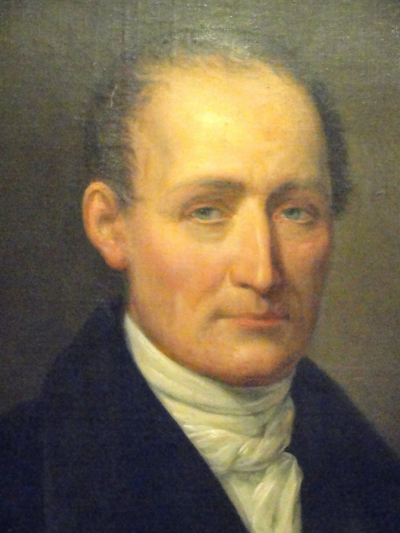An internal combustion engine (ICE or IC engine) is a heat engine in which the combustion of a fuel occurs with an oxidizer (usually air) in a combustion chamber that is an integral part of the working fluid flow circuit. In an internal combustion engine, the expansion of the high-temperature and high-pressure gases produced by combustion applies direct force to some component of the engine. The force is typically applied to pistons (piston engine), turbine blades (gas turbine), a rotor (Wankel engine), or a nozzle (jet engine). This force moves the component over a distance, transforming chemical energy into kinetic energy which is used to propel, move or power whatever the engine is attached to. This replaced the external combustion engine for applications where the weight or size of an engine was more important.The first commercially successful internal combustion engine was created by tienne Lenoir around 1860 and the first modern internal combustion engine was created in 1876 by Nicolaus Otto (see Otto engine).
The term internal combustion engine usually refers to an engine in which combustion is intermittent, such as the more familiar four-stroke and two-stroke piston engines, along with variants, such as the six-stroke piston engine and the Wankel rotary engine. A second class of internal combustion engines use continuous combustion: gas turbines, jet engines and most rocket engines, each of which are internal combustion engines on the same principle as previously described. Firearms are also a form of internal combustion engine, though of a type so specialized that they are commonly treated as a separate category, along with weaponry such as mortars and anti-aircraft cannons.
In contrast, in external combustion engines, such as steam or Stirling engines, energy is delivered to a working fluid not consisting of, mixed with, or contaminated by combustion products. Working fluids for external combustion engines include air, hot water, pressurized water or even liquid sodium, heated in a boiler.
While there are many stationary applications, most ICEs are used in mobile applications and are the primary power supply for vehicles such as cars, aircraft and boats.
ICEs are typically powered by fossil fuels like natural gas or petroleum products such as gasoline, diesel fuel or fuel oil. Renewable fuels like biodiesel are used in compression ignition (CI) engines and bioethanol or ETBE (ethyl tert-butyl ether) produced from bioethanol in spark ignition (SI) engines. As early as 1900 the inventor of the diesel engine, Rudolf Diesel, was using peanut oil to run his engines. Renewable fuels are commonly blended with fossil fuels. Hydrogen, which is rarely used, can be obtained from either fossil fuels or renewable energy.
Joseph Nicéphore Niépce (French: [nisefɔʁ njɛps]; 7 March 1765 – 5 July 1833), commonly known or referred to simply as Nicéphore Niépce, was a French inventor, usually credited as the inventor of photography and a pioneer in that field. Niépce developed heliography, a technique he used to create the world's oldest surviving product of a photographic process: a print made from a photoengraved printing plate in 1825. In 1826 or 1827, he used a primitive camera to produce the oldest surviving photograph of a real-world scene. Among Niépce's other inventions was the Pyréolophore, one of the world's first internal combustion engines, which he conceived, created, and developed with his older brother Claude Niépce.

1807Jul, 20
Nicéphore Niépce is awarded a patent by Napoleon for the Pyréolophore, the world's first internal combustion engine, after it successfully powered a boat upstream on the river Saône in France.
Choose Another Date
Events on 1807
- 7Feb
Battle of Eylau
Napoleonic Wars: Napoleon finds Bennigsen's Russian forces taking a stand at Eylau. After bitter fighting, the French take the town, but the Russians resume the battle the next day. - 19Feb
Aaron Burr
Former Vice President of the United States Aaron Burr is arrested for treason in Wakefield, Alabama and confined to Fort Stoddert. - 12Apr
Fort Ricasoli
The Froberg mutiny ends when the remaining mutineers blow up the magazine of Fort Ricasoli. - 22May
Aaron Burr
A grand jury indicts former Vice President of the United States Aaron Burr on a charge of treason. - 20Jul
Internal combustion engine
Nicéphore Niépce is awarded a patent by Napoleon for the Pyréolophore, the world's first internal combustion engine, after it successfully powered a boat upstream on the river Saône in France.

 English
English  español
español  français
français  português
português  русский
русский  العربية
العربية  简体中文
简体中文 